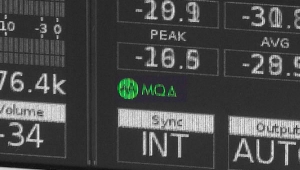| Columns Retired Columns & Blogs |
My wife was kind enough to buy me my first CD player, a Technics, which lasted about 4 months and could not be repaired, so Technics kindly gave me a 2nd gen player as a replacement which was better in some ways.
The backgrounds were as black as they could be, but most of the tests were that many players only had 12 to 14 bit performance capabilities and we later discovered that jitter was a big problem in the first chipsets. That said, there was much to like about the potential of the CD.
Many of the first discs were too bright, but showed promise with lower distortion. Now today most players that are even in the $200 rage are good and the recordings and medium have improved as did the mixing and mastering and many converters are nearly perfect and implemented very well.
Now at 71 and faded hearing I doubt many of the first discs would sound bright to me with all my HF hearing loss, but most CDs today sound excellent and often their performance cannot be topped by a TT set up of $1K. It take more to do that in my estimation. The cartridge and the phono stage play a huge part in the performance of vinyl, but I am glad that it has comeback strong and is very musical when the LPs are pressed right.
To me the advantage of digital is in home recording, downloading, and streaming which were never thought of in the beginning years. No one saw SACD coming and the super sound they can produce and who would have thought that downloading DSD would have ever been possible?
It all had to start somewhere and now most of us are glad that it did. This is a great time to be an audiophile and a musician and record your own music in high resolution.










































